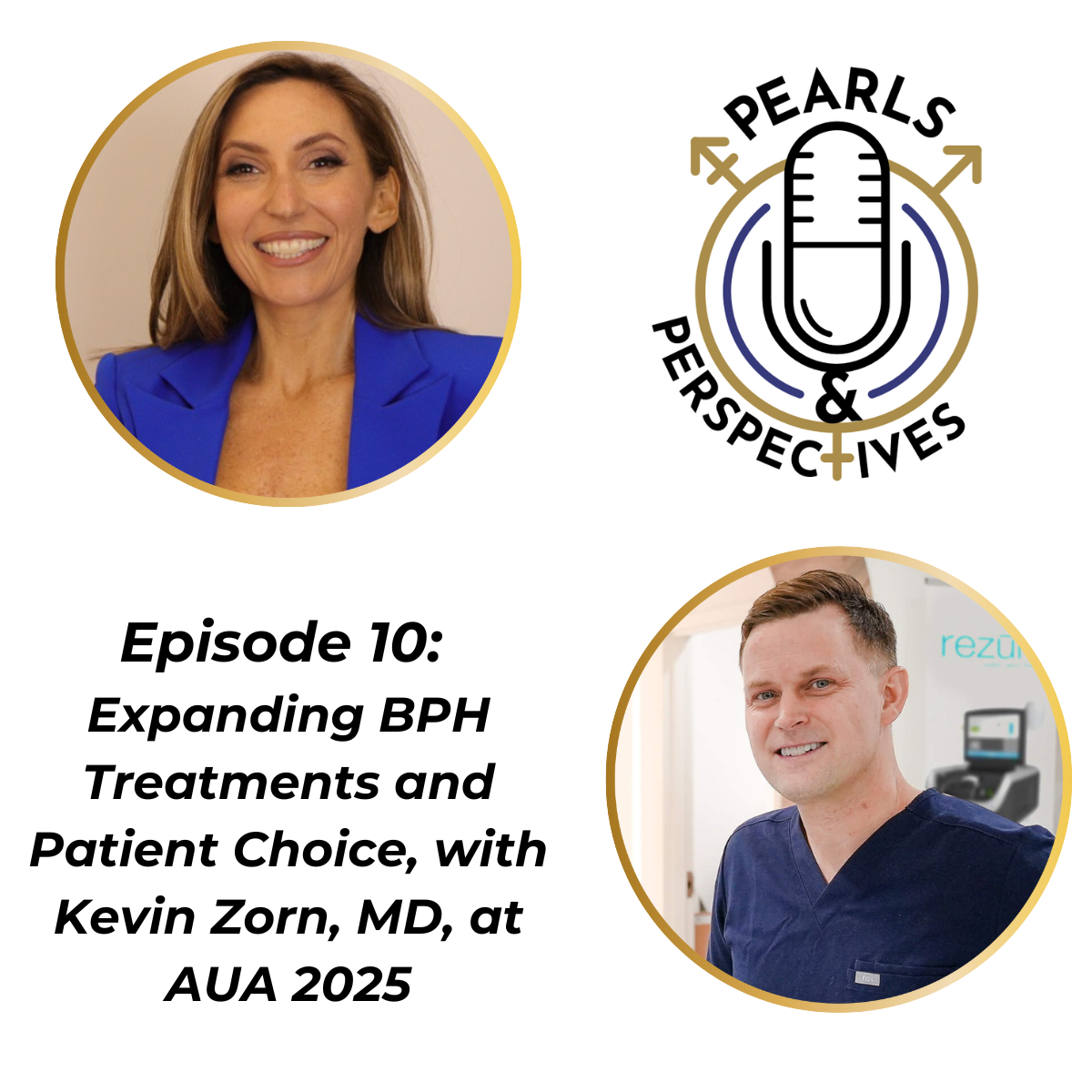News
Article
UGN-102 positions itself as an alternative to TURBT for low-grade NMIBC
Key Takeaways
- UGN-102 showed an 80.6% 18-month duration of response in low-grade intermediate-risk NMIBC patients achieving complete response at 3 months.
- The phase 3 ENVISION trial reported a 79.6% complete response rate at 3 months, suggesting UGN-102 as a potential alternative to TURBT.
"I would argue that UGN-102 may very well represent a well-tolerated alternative to TURBT as primary treatment for patients with low-grade disease,” says Sandip M. Prasad, MD, MPhil.
In patients with low-grade intermediate-risk non–muscle invasive bladder cancer (NMIBC) treated with reverse thermal gel containing mitomycin (UGN-102) who achieved a complete response (CR) at 3 months, an 18-month duration of response of 80.6% was observed.1,2
Updated data from the phase 3 ENVISION trial (NCT05243550) were reported at the 2025 American Urological Association (AUA) Annual Meeting in Las Vegas, Nevada.
Sandip M. Prasad, MD, MPhil

“This is low-grade, intermediate-risk non–muscle invasive bladder cancer. The reason why this is so important for urologists is this is a highly recurrent, persistent cancer that recurs despite many of the types of treatments that we utilize. The standard of care for this is TURBT [transurethral resection of the bladder tumor]. But by definition, these tumors typically recur and so TURBT, with or without adjuvant treatment, remains [an] inadequate treatment for this,” explained lead ENVISION investigator Sandip M. Prasad, MD, MPhil, director of Genitourinary Surgical Oncology and vice chair of urology at Morristown Medical Center/Atlantic Health System, New Jersey.
A total of 240 patients were enrolled in the study to receive treatment with UGN-102. “The mean size of the tumors was 2.5 cm, and 83% of these tumors are multifocal,” Prasad said. The treatment was administered in the office via traditional catheter with 1 treatment per week for 6 weeks. Ninety-five percent of patients received all 6 doses.
“For the 5% that did not receive all 6 doses, the majority received 5, so almost all patients can complete the entire treatment course,” Prasad said.
The primary end point was CR at 3 months, which was achieved in 79.6% of patients.
“At 18 months, for patients who were complete responders, the Kaplan-Meier estimate for remaining a complete responder, meaning event free for the entire period, was over 80%. This is very unusual, and I think probably the most notable aspect of this study is that we're seeing durability of response that exceeds what we typically know for TURBT. This makes sense based on the treatment. When we do TURBT, we have to resect what we can see, and we know based on blue light cystoscopy and narrow band imaging that we have limitations in how well we do TURBT. These treatments are agnostic. The gel coats the entirety of the urinary lining, and some of the recurrences that we probably see at 3 months, 6 months and 9 months are just tiny tumors we didn't see initially, but the gel would treat those, because you don’t have to see anything; it coats every part of it. Therefore, the durability makes sense from the mechanism of how this drug works,” Prasad commented.
Regarding safety, adverse events reported with UGN-102 treatment included dysuria, hematuria, urinary tract infection, pollakiuria, and fatigue.
“There were 2 patients out of 240 that had a treatment-related severe adverse event. One was urethral stenosis, 1 was urinary retention. Both were resolved,” Prasad said.
“In conclusion, we see a very robust and clinically meaningful 80% complete response rate in patients with recurrent low-grade disease at 3 months. We see a very high probability of maintaining that complete response 18 months later, without maintenance treatment…and I would argue that UGN-102 may very well represent a well-tolerated alternative to TURBT as primary treatment for patients with low-grade disease,” Prasad said.
In a news release about the results, UroGen Pharma Chief Medical Officer said, "The duration of response data from the ENVISION trial further underscores UGN-102’s potential to positively impact the treatment landscape for patients with recurrent LG-IR-NMIBC. Many of these patients are elderly and face the burden of repeated surgeries under general anesthesia, highlighting the urgent need for innovative treatment options. If approved, we believe UGN-102’s potential to deliver durable complete responses, reduce recurrence rates, and extend treatment-free intervals would represent a significant advancement in the management of recurrent LG-IR-NMIBC."2
REFERENCES
1. Prasad SM, Shiskov D, Vmihaylov N, et al. Treatment of recurrent low-grade intermediate-risk non-muscle invasive bladder cancer with UGN-102: ongoing results from a single-arm, open-label, phase 3 trial (ENVISION). J Urol. 2025;213(5S):e387. doi:10.1097/01.JU.0001109848.08748.9e.01
2. UroGen announces updated 18-month duration of response (DOR) of 80.6% from the phase 3 ENVISION trial of UGN-102, an investigational treatment for recurrent low-grade intermediate-risk non-muscle invasive bladder cancer (LG-IR-NMIBC). News release. UroGen Pharma. April 26, 2025. Accessed April 27, 2025. https://www.businesswire.com/news/home/20250426951270/en/UroGen-Announces-Updated-18-Month-Duration-of-Response-DOR-of-80.6-from-the-Phase-3-ENVISION-Trial-of-UGN-102-an-Investigational-Treatment-for-Recurrent-Low-Grade-Intermediate-Risk-Non-Muscle-Invasive-Bladder-Cancer-LG-IR-NMIBC

















